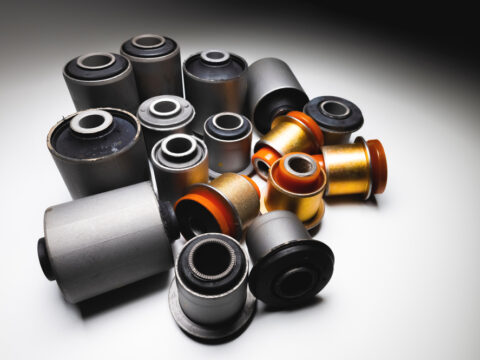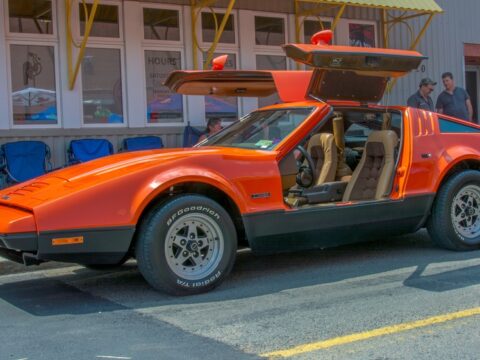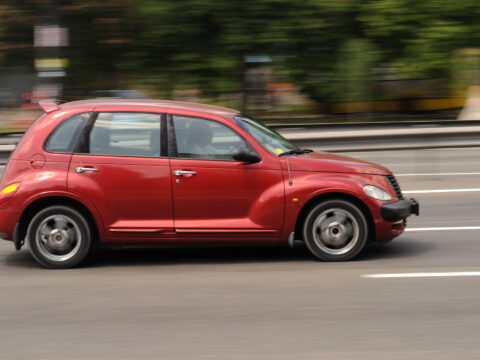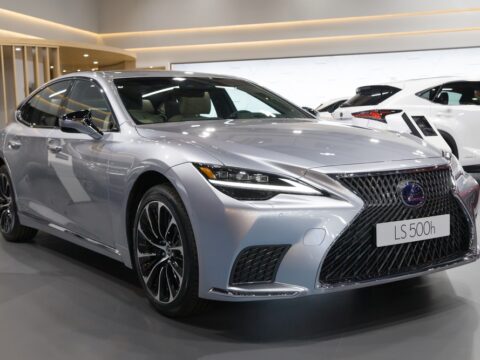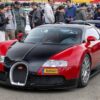The 1940s were a transformative decade for cars, blending style and innovation. This era saw the elegant Ford Deluxe, the fast Jaguar XK120, the durable Jeep Willys MB, and the visionary Tucker 48. These cars defined the decade and paved the way for future automotive advances.
Contents
Ford Edsel (1958-1960)
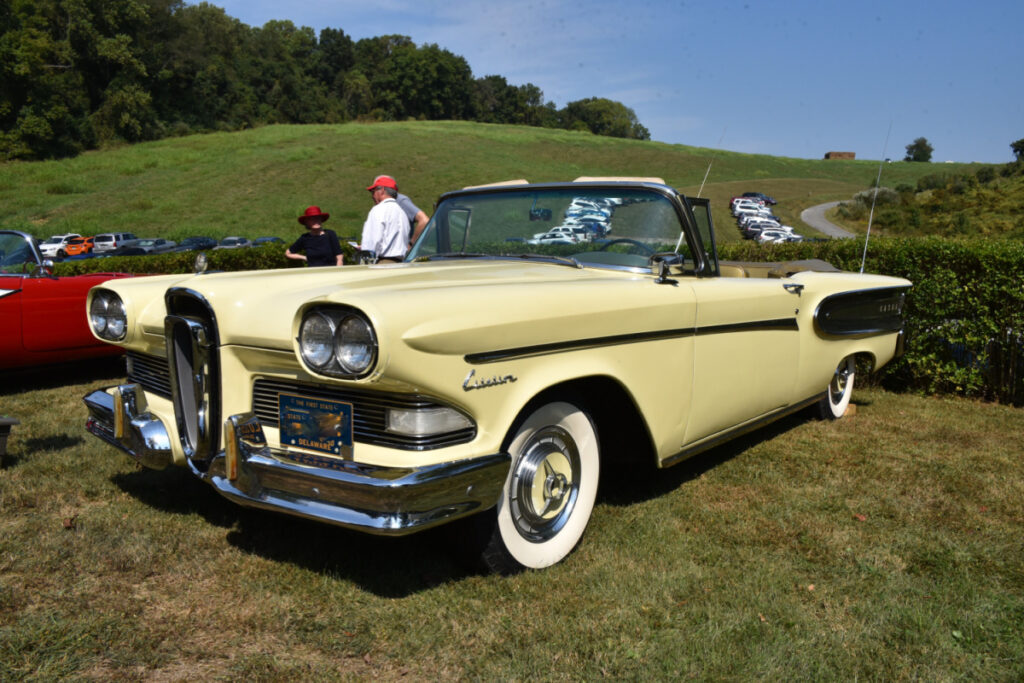
The Edsel is one of the most notorious failures in auto history. Marketed as a new division that was supposed to fit just above Ford in prestige and price, the Edsel was plagued by production issues, quality problems, and a design that many consumers found unattractive. Ford lost millions on the Edsel and discontinued the brand after just three model years.
Ford Pinto (1971-1980)
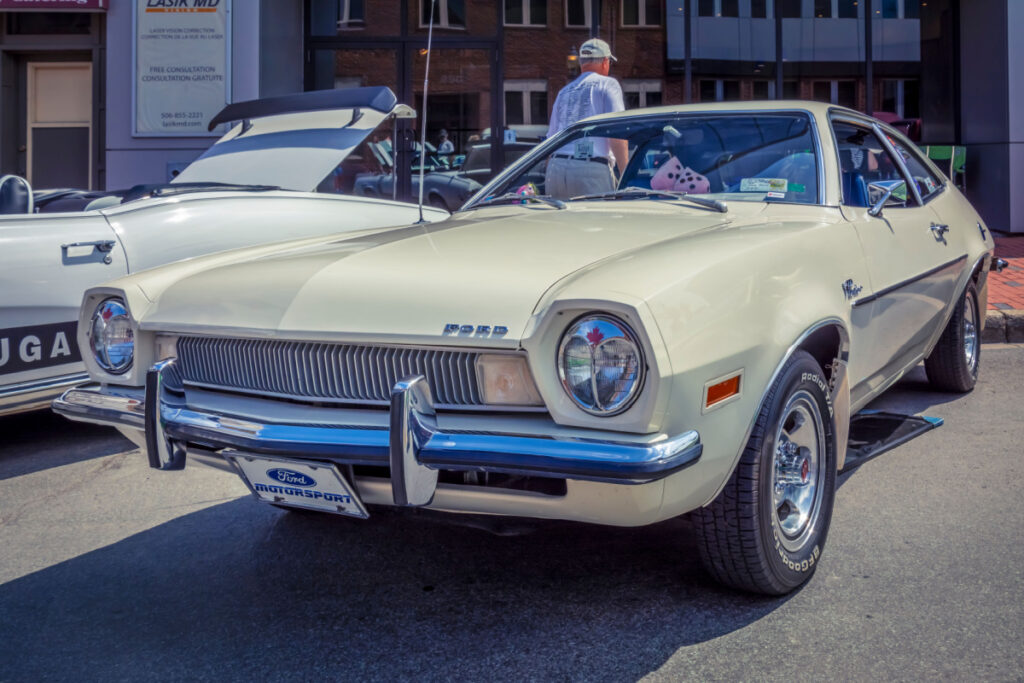
Despite selling over 3 million units over its lifetime, the Pinto is considered a failure due to the damage it caused to Ford’s reputation in the 1970s. The Pinto was linked to dozens of deaths due to a design flaw that could cause the fuel tank to rupture and ignite in a rear-end collision.
Ford Mustang II (1974-1978)
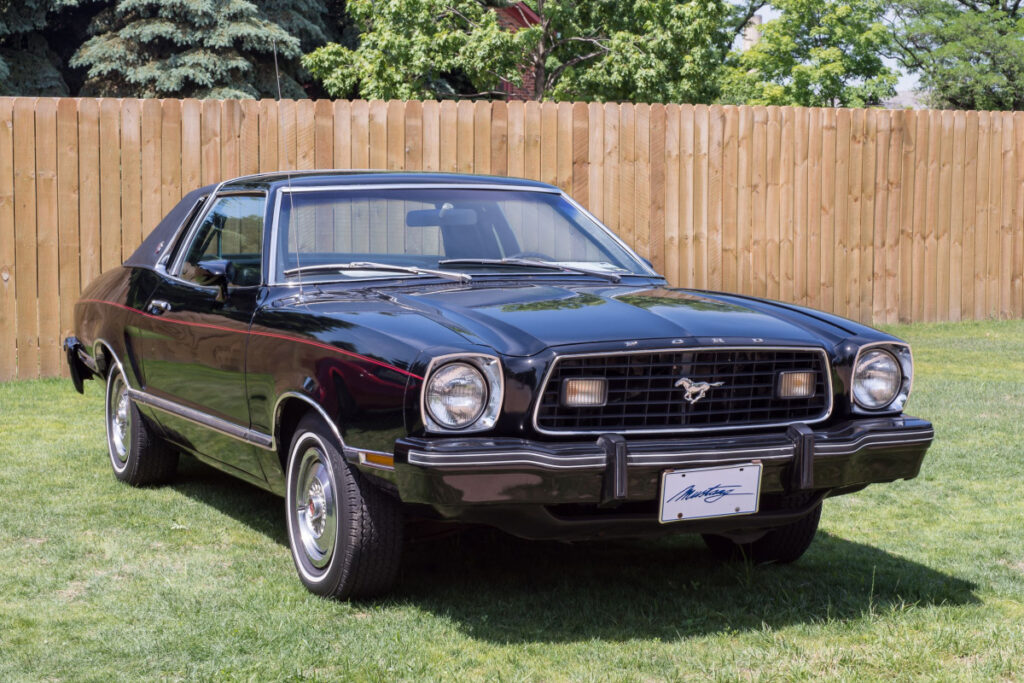
Coming off the heels of the popular first-generation Mustang, the Mustang II was disappointed due to its lackluster performance and quality issues. It was based on the Pinto platform and was widely criticized for straying too far from the Mustang’s performance roots.
Ford Probe (1989-1997)
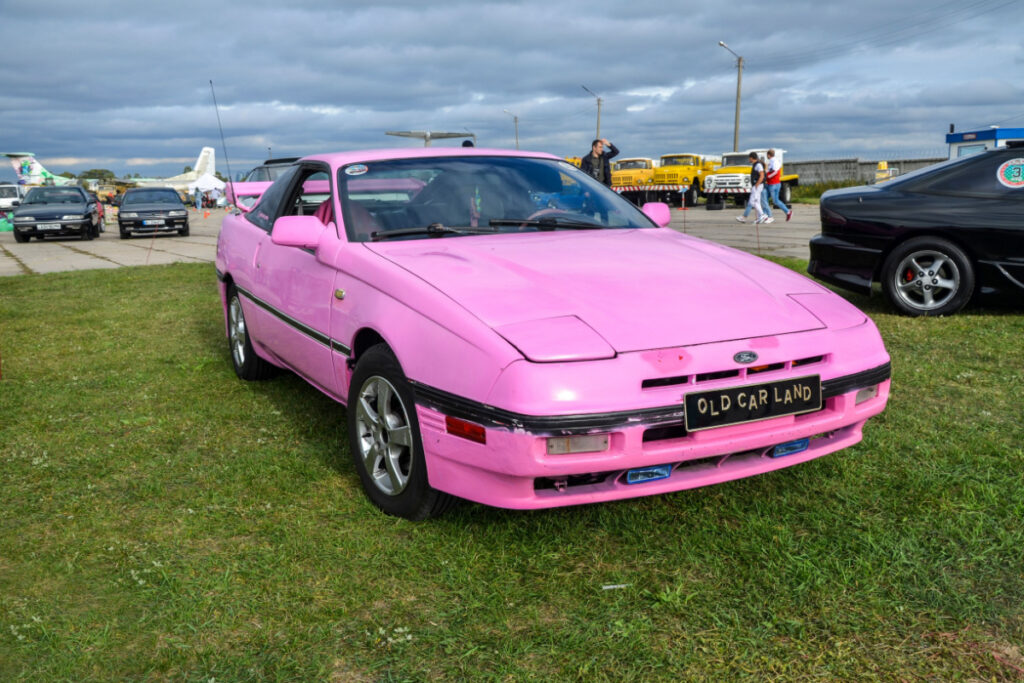
Initially designed as a potential replacement for the Mustang, the Probe was criticized for its Japanese design influence and lack of a V8 engine option. Sales were lackluster, and the Probe was discontinued after two generations.
Ford Five Hundred (2005-2007)
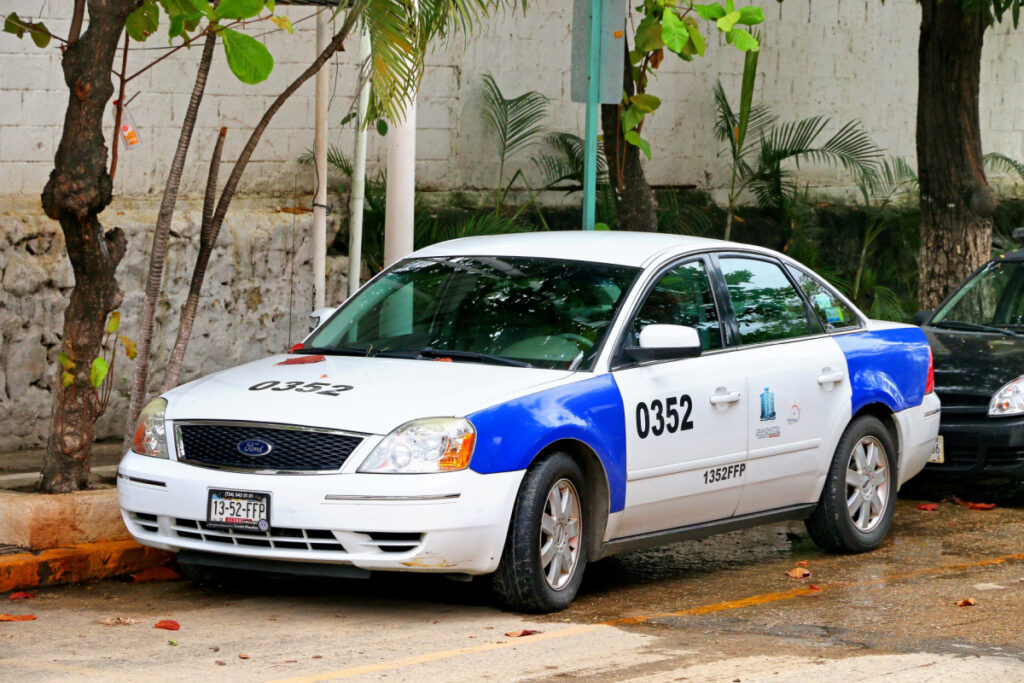
The Five Hundred was meant to replace the popular Taurus, but consumers didn’t respond positively to the new name or the car’s bland styling and mediocre performance. Sales were poor, and Ford reintroduced the Taurus name on a redesigned model in 2008.
Ford Aspire (1994-1997)
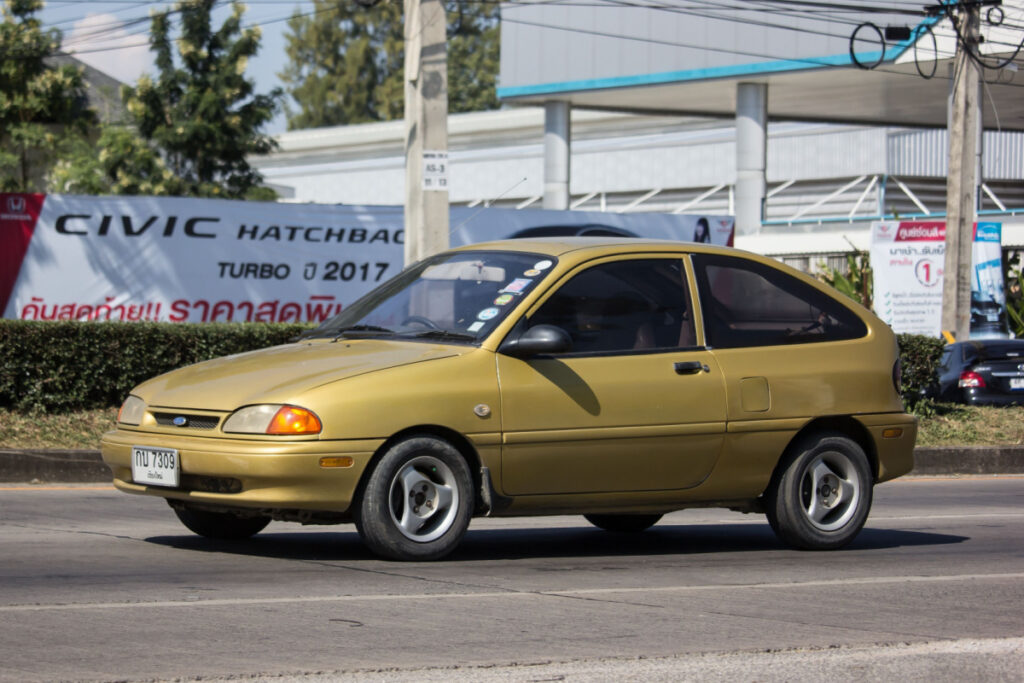
The Aspire was a small, inexpensive car criticized for its lack of power and uninspired design. It failed to compete effectively in the subcompact car market and was discontinued after just a few years.
Ford Thunderbird (2002-2005)

Despite the initially strong interest, the revived Thunderbird didn’t live up to expectations. Criticized for its high price and lack of performance, sales rapidly declined after the first year, leading to its discontinuation.
Ford Flex (2009-2019)
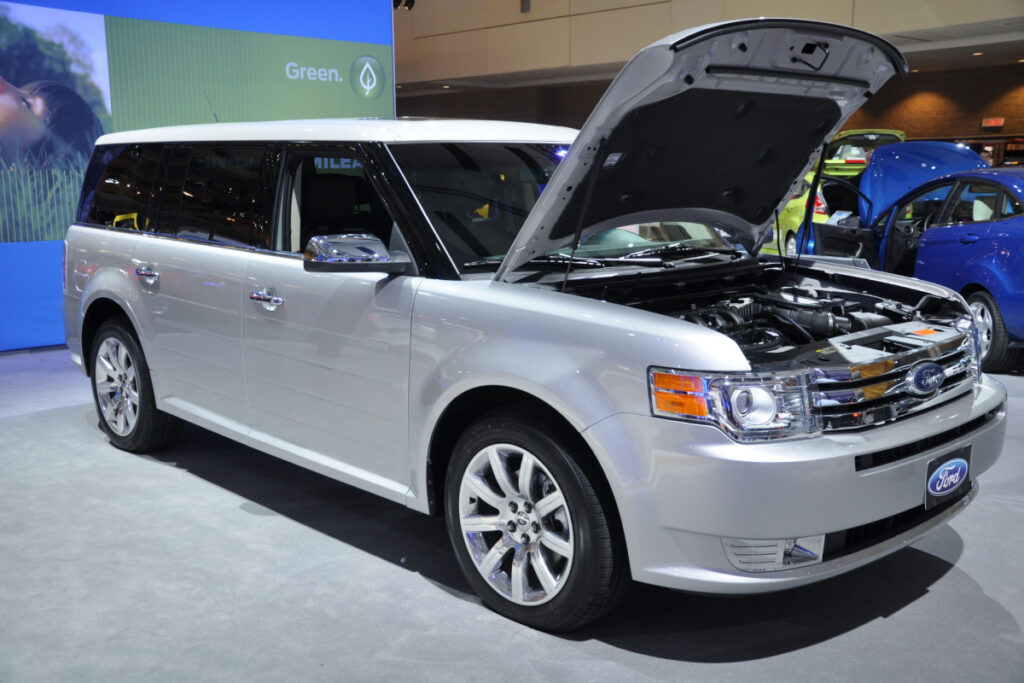
Despite its unique design, the Flex struggled to find a broad audience. It had a polarizing boxy look, competing in a segment crowded with more conventional SUV designs.
Ford C-Max (2013-2018)
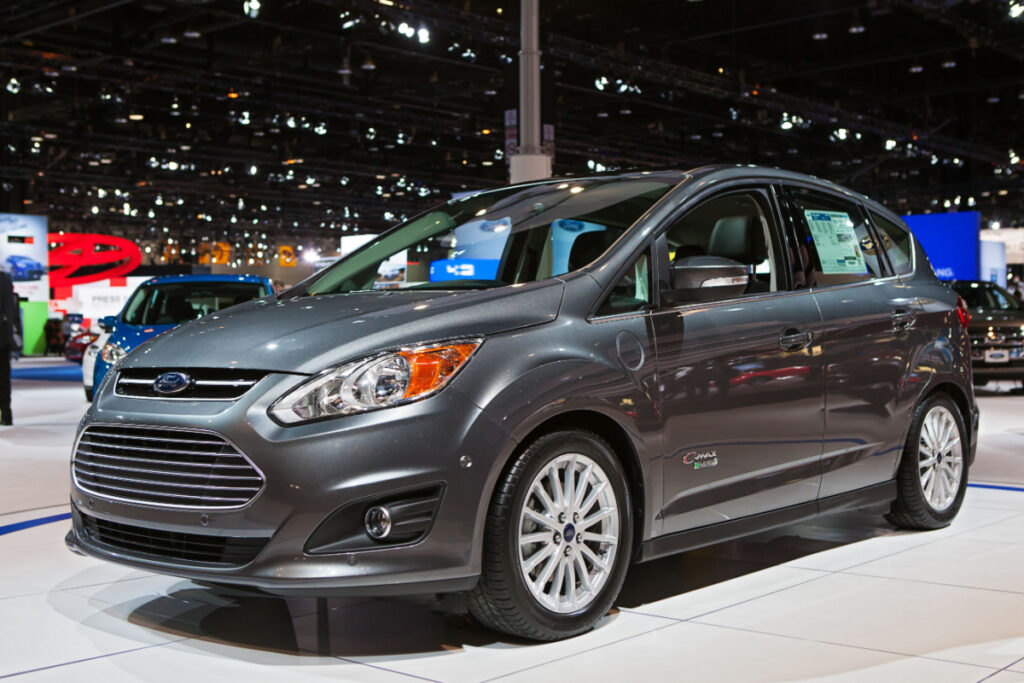
Ford’s hybrid and plug-in hybrid model didn’t manage to win over customers, mostly due to stiff competition from more efficient and established hybrid models like the Toyota Prius. It was also plagued by recalls and Ford’s overstated fuel efficiency claims.
Ford Contour (1995-2000)

The Ford Contour, part of Ford’s global “world car” strategy, failed to resonate with American consumers. It was criticized for its cramped interior space, particularly in the back seat, which made it less practical than competitors. Despite sharing a platform with the more successful European Ford Mondeo, the Contour’s higher price and lukewarm reception led to its discontinuation in the U.S. market.
Ford Escort (1981-2002 North American version)
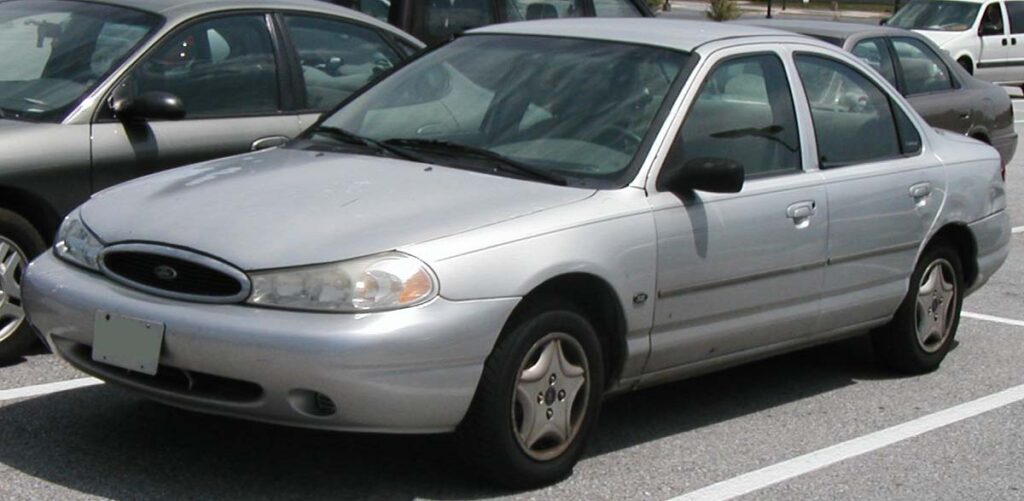
While the Ford Escort was successful in Europe, the North American version faced criticism for its lackluster performance and build quality issues, especially in its earlier models. Despite being a best-seller in the compact car segment during the 1980s, its reputation suffered due to reliability problems and a dated design compared to its competitors.
Ford EXP (1982-1988)
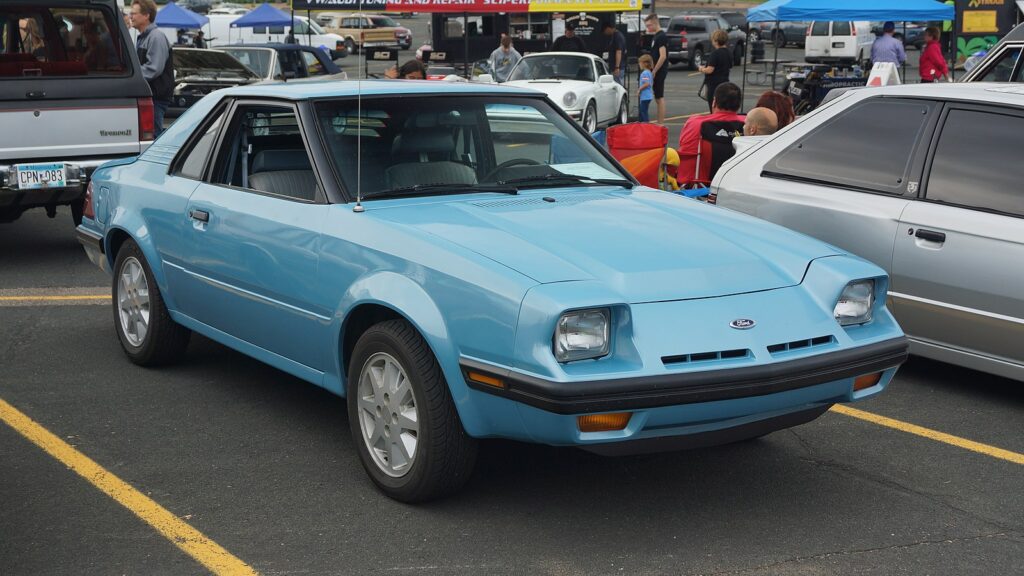
The Ford EXP, a two-seater version of the Escort, was Ford’s attempt to enter the sport compact market. However, its underwhelming performance, lack of practicality, and odd styling made it unpopular with consumers, leading to poor sales and its eventual discontinuation.
Ford Freestar (2004-2007)
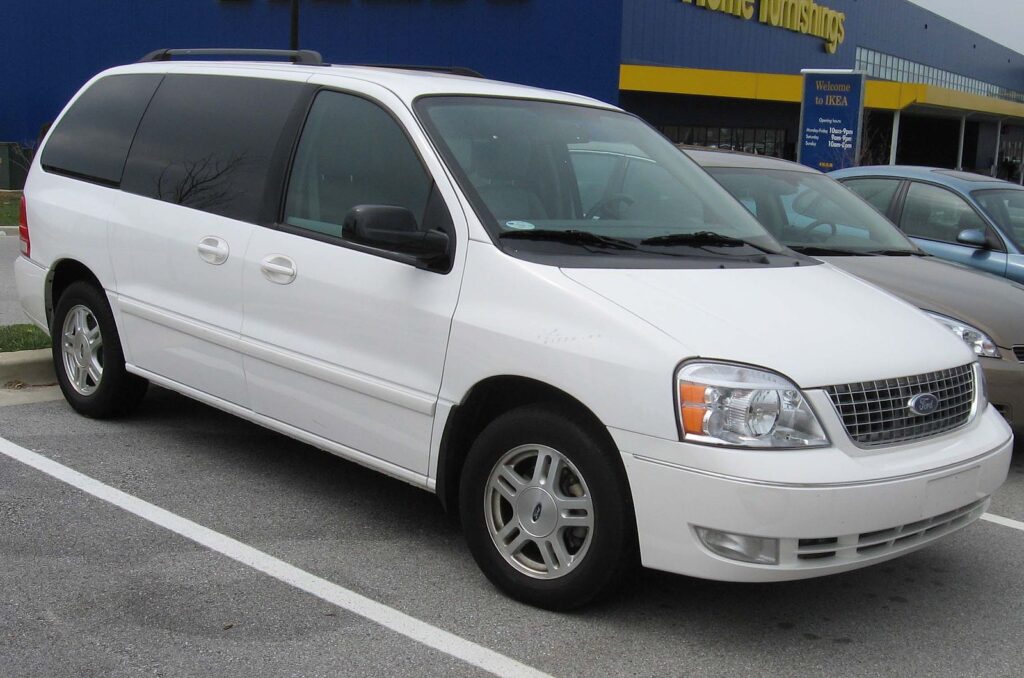
The Ford Freestar minivan replaced the Windstar but didn’t bring significant improvements or innovations to win over consumers. It suffered from a bland design, mediocre performance, and failed to compete effectively with more popular minivans from Honda and Toyota, resulting in weak sales and a short production run.
Ford Windstar (1995-2003)
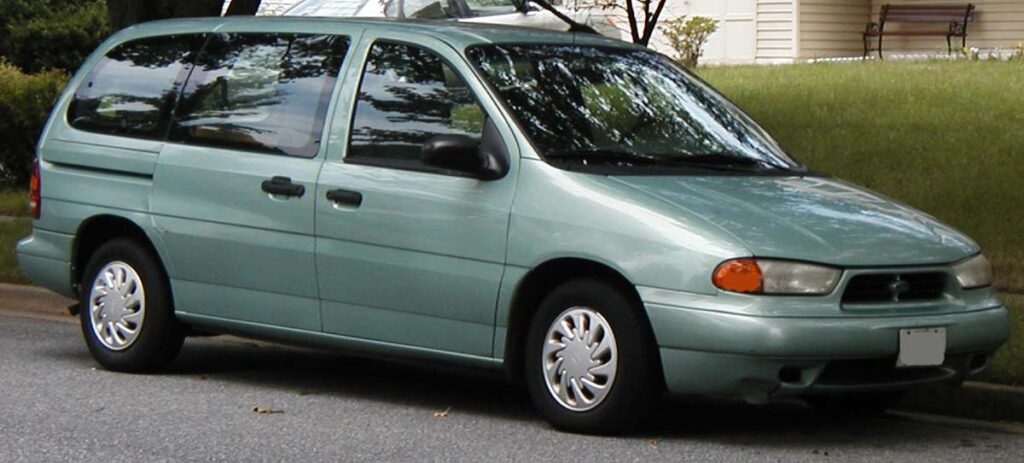
The Ford Windstar was plagued by numerous recalls and reliability issues, particularly concerning its transmission and head gasket problems. These issues tarnished its reputation, despite offering features like dual sliding doors and a competitive price.
Ford Granada (1975-1982 North American version)
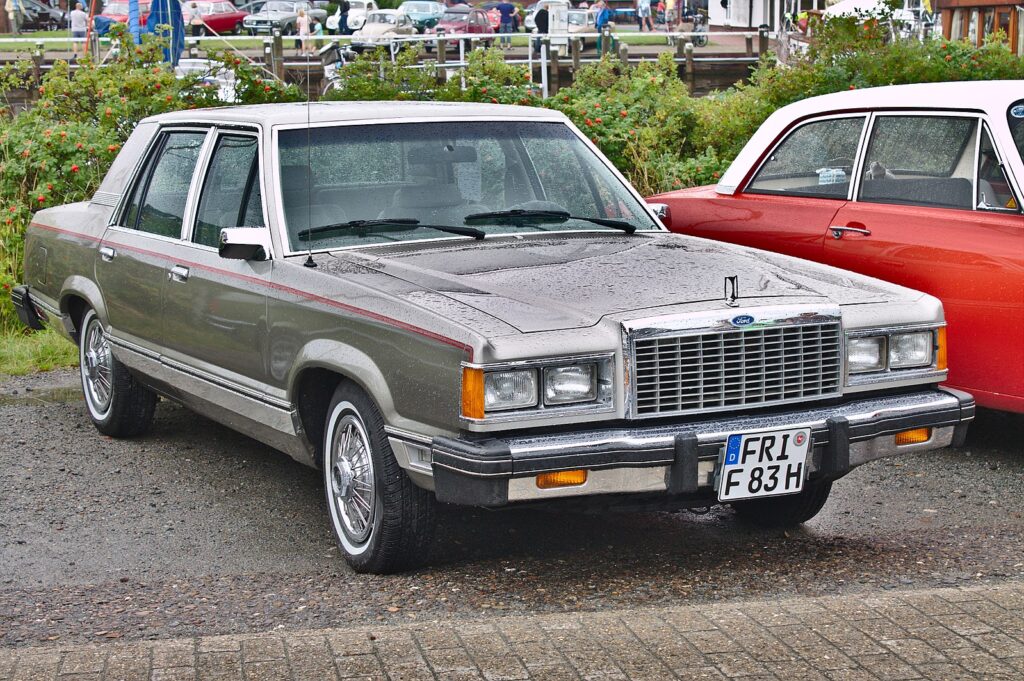
The North American Ford Granada was marketed as a luxury compact car but failed to live up to this promise. Critics panned it for its poor handling, lackluster performance, and derivative styling that mimicked more upscale European cars without delivering a comparable level of refinement or driving experience.
Ford LTD Crown Victoria (1983-1991)
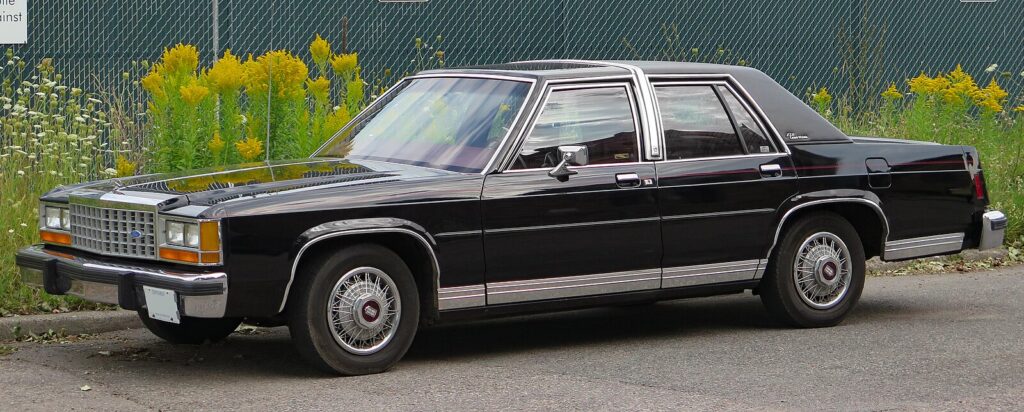
While iconic as a police cruiser and taxi, the civilian version of the Ford LTD Crown Victoria was often criticized for its outdated design, boat-like handling, and poor fuel efficiency. Its large size and V8 engine fell out of favor with consumers as preferences shifted towards more economical and maneuverable vehicles.
Ford Bronco II (1984-1990)
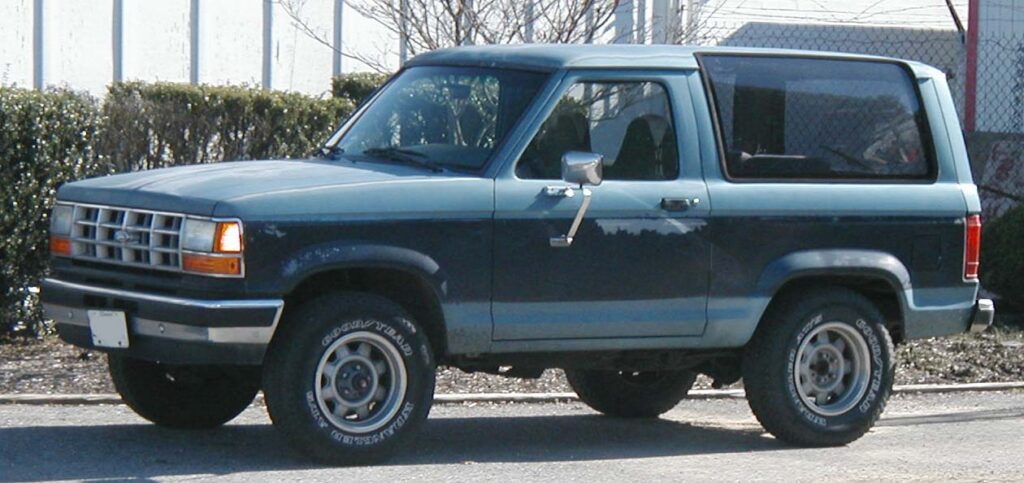
The Ford Bronco II was intended to compete in the growing compact SUV market but faced significant safety concerns due to a high center of gravity that led to rollover accidents. These safety issues, along with reliability problems, overshadowed its off-road capabilities and contributed to its negative perception.
Ford Torino (1972-1976)
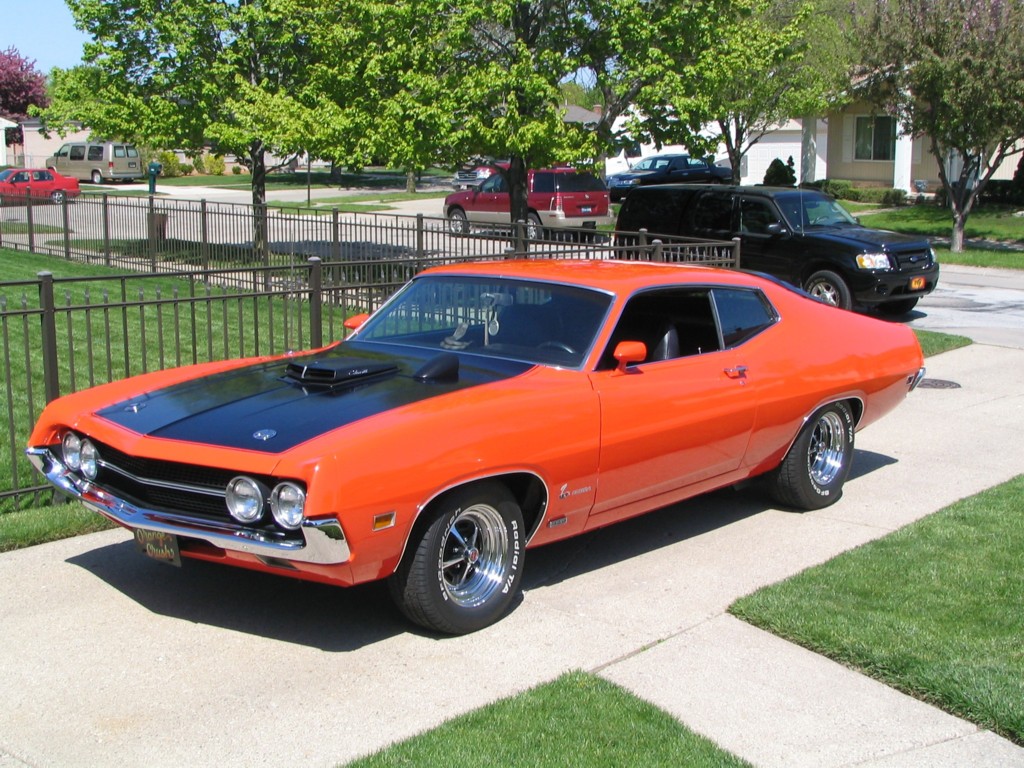
The Ford Torino, particularly the later models, faced criticism for its size, fuel consumption, and handling. Despite having a strong presence in NASCAR and a performance-oriented image, the consumer versions of the Torino were hampered by the 1970s fuel crises and tightening emissions regulations, leading to diminished performance and popularity.
Ford Fairmont (1978-1983)
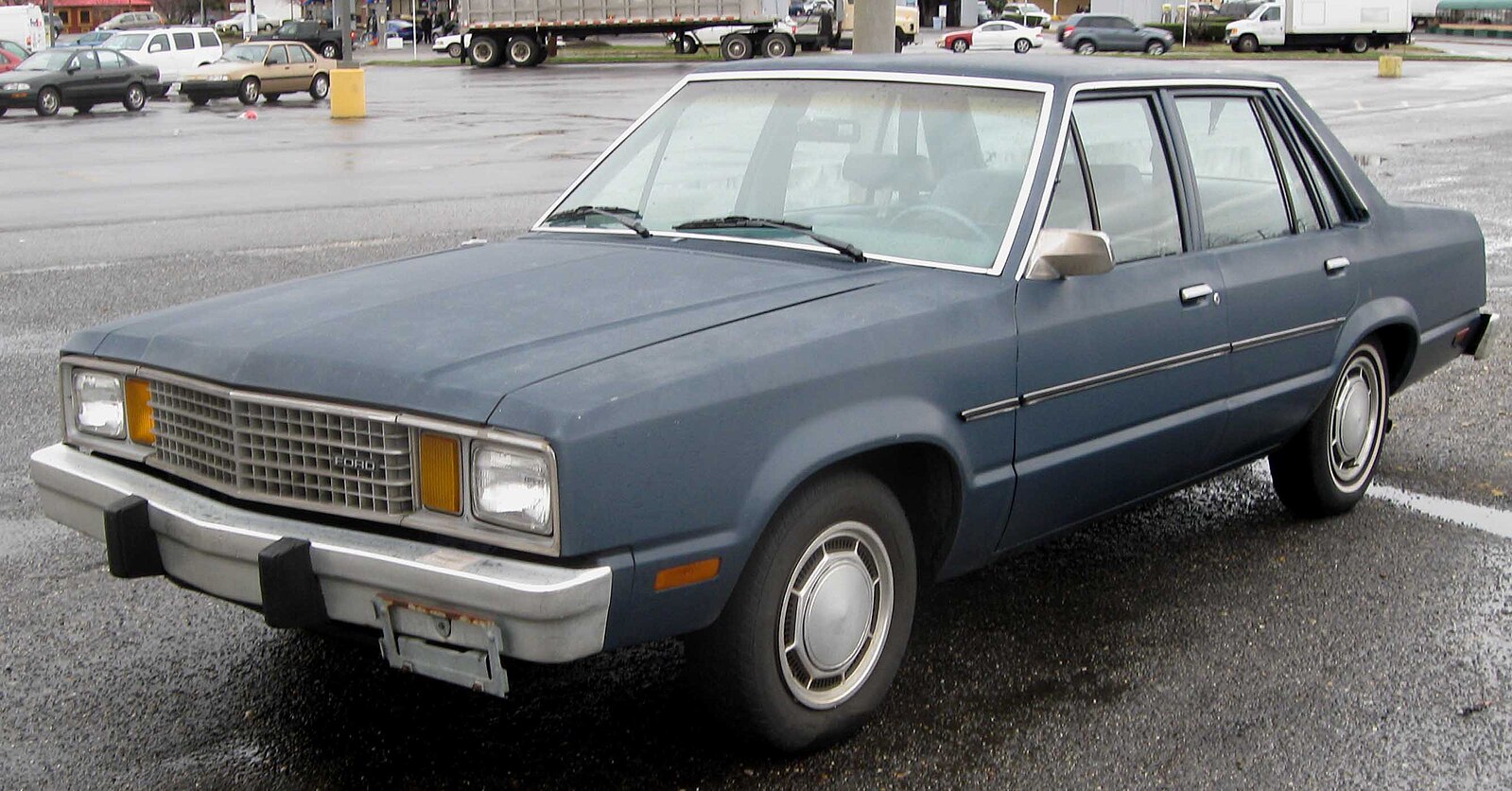
The Ford Fairmont was an attempt to offer a more fuel-efficient and smaller family car during the energy crisis. However, it was criticized for its plain styling, uninspired driving dynamics, and quality control issues, making it a forgettable model in Ford’s lineup.
Ford Maverick (1970-1977)
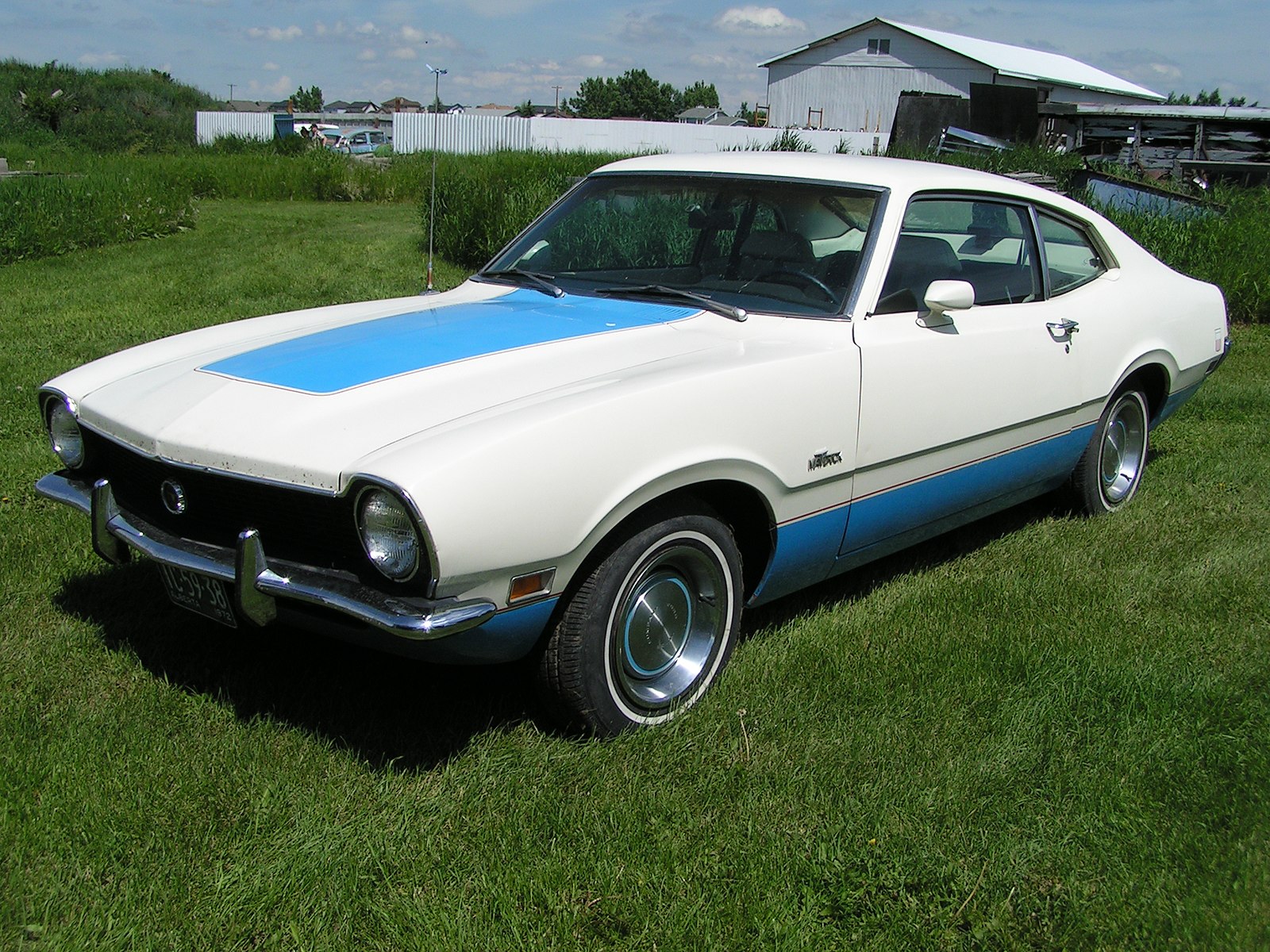
Introduced as a compact and affordable car, the Ford Maverick struggled with a reputation for poor build quality and reliability issues. While it sold well initially due to its low price, it couldn’t sustain its popularity as consumers encountered mechanical problems and lackluster performance.
This article originally appeared on MyCarMakesNoise.
More from MyCarMakesNoise
The Best Budget-Friendly Hybrids You Can Buy
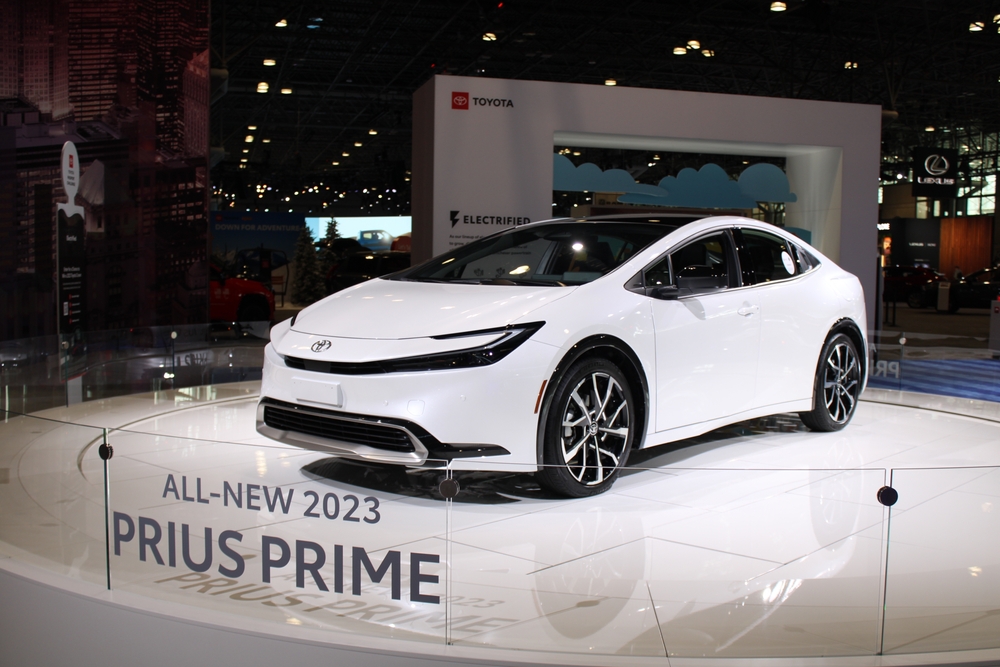
In the ongoing quest for sustainability and eco-friendliness, hybrid vehicles have steadily claimed their rightful spot in the limelight. However, many potential buyers are under the misconception that going ‘green’ with their vehicle choice might burn a hole in their pockets. Read More.
Essential Items Every New Driver Should Have

Being prepared can make all the difference, whether it’s a minor inconvenience or an unexpected emergency. This article covers essential items and a few unconventional ones that would help in a pinch. Read More.
The Best Motorcycles for Long-Distance Travel

These road-ready warriors, equipped with the latest technologies and luxuries, are designed to devour mile after mile easily. Read More.

